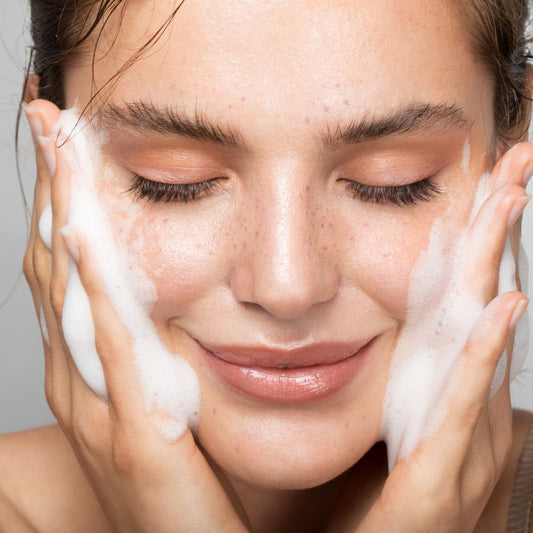Sarah Catherine Skinspiration blog

I don’t say yes to every prospective client… an...
One of the questions I get asked a lot and often with a hint of surprise is, “Do you ever turn clients away?” And the answer? Yes, I do! It’s...
I don’t say yes to every prospective client… an...
One of the questions I get asked a lot and often with a hint of surprise is, “Do you ever turn clients away?” And the answer? Yes, I do! It’s...

Understanding the Differences Between Polynucle...
In the quest for youthful, radiant skin, many advanced aesthetic treatments have emerged, each promising unique benefits. Among the most popular are the Polynucleotide Skin Booster and Profhilo - both...
Understanding the Differences Between Polynucle...
In the quest for youthful, radiant skin, many advanced aesthetic treatments have emerged, each promising unique benefits. Among the most popular are the Polynucleotide Skin Booster and Profhilo - both...

Autumn; what’s the big deal?!
Summer’s over. The days are getting shorter, the evenings cooler; social media is already plastered with boots, pumpkin spice vibes, chunky knits, and leaf-peeping galore. And yes, there’s something cosy...
Autumn; what’s the big deal?!
Summer’s over. The days are getting shorter, the evenings cooler; social media is already plastered with boots, pumpkin spice vibes, chunky knits, and leaf-peeping galore. And yes, there’s something cosy...

Unlocking Radiance - The Importance of Skincare
In the hustle and bustle of everyday life, it’s easy to overlook the importance of skincare. I mean, who’s really remembering their 5-step routine when Sainsbury’s are charging £6 for...
Unlocking Radiance - The Importance of Skincare
In the hustle and bustle of everyday life, it’s easy to overlook the importance of skincare. I mean, who’s really remembering their 5-step routine when Sainsbury’s are charging £6 for...

Menopause, Ageing, and Finding Your Glow Again
Menopause isn’t something we often chat about over coffee, but maybe we should. It’s a stage of life that every woman will go through, and while it’s perfectly natural, the...
Menopause, Ageing, and Finding Your Glow Again
Menopause isn’t something we often chat about over coffee, but maybe we should. It’s a stage of life that every woman will go through, and while it’s perfectly natural, the...

School’s Out and Mum Needs Help! Easy Daily Hac...
Let’s be honest: school’s out, the kids are home, and the days suddenly feel a whole lot longer. Between snack duty, refereeing sibling squabbles, and trying to maintain some kind...
School’s Out and Mum Needs Help! Easy Daily Hac...
Let’s be honest: school’s out, the kids are home, and the days suddenly feel a whole lot longer. Between snack duty, refereeing sibling squabbles, and trying to maintain some kind...

 Book Online
Book Online
 Contact Us
Contact Us